Industry sources who spoke with DigiTimes indicated that the iPad is a "significant market for flash memory in 2010," meaning that memory supplies will likely be tight again throughout the year. Multiple times in 2009 it was noted that Apple had created a flash shortage, with its iPod and iPhone line of products consuming the largest share of NAND flash.
The constant constraints have kept memory costs high for other PC makers, and also kept solid state drives, long expected to eventually replace traditional hard disk drives, at a high price. But with the iPad likely to take a large chunk of memory supplies, available in capacities up to 64GB, the matter is unlikely to change in 2010, the report noted.
"Though major chip vendors have ramped production using 30nm-class or even sub-30nm processes, NAND flash prices are still on the rise for 2010, according to the sources," the report said.
The NAND flash industry intends to transition to a 20nm manufacturing process in the second-half of 2011, which will drastically reduce prices on memory.
In early 2008, Apple embraced the solid state drive by offering it as an option in its MacBook Air, with a premium price. Solid state drives, compared to their hard disk drive counterparts, are more expensive and offer less storage.
But SSDs can also be much faster than HDDs, and lack the moving parts that can make HDDs prone to failure, particularly in mobile devices that experience a great deal of movement.
Currently, the $1,499 1.86GHz MacBook Air has a 120GB SATA HDD, while the $1,799 2.13GHz configuration comes with a 128GB SSD. Adding a 128GB SSD to a 13-inch MacBook Pro costs $350, while a 256GB upgrade — adding just 6GB more than the standard HDD — costs $800.
 Slash Lane
Slash Lane

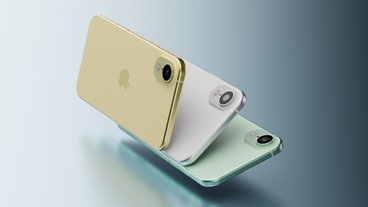


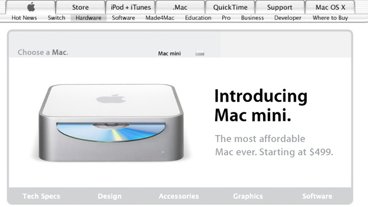
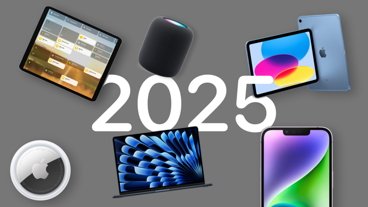


 Malcolm Owen
Malcolm Owen
 William Gallagher
William Gallagher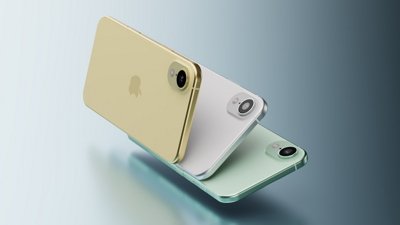
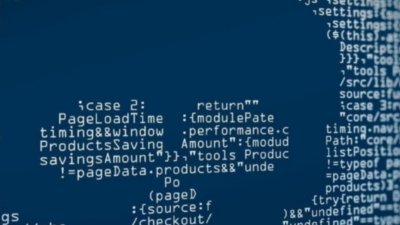
 Andrew Orr
Andrew Orr
 Christine McKee
Christine McKee
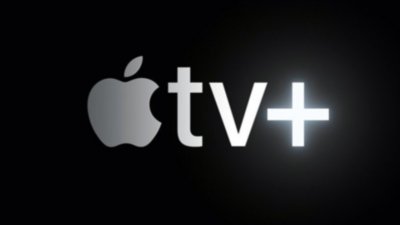








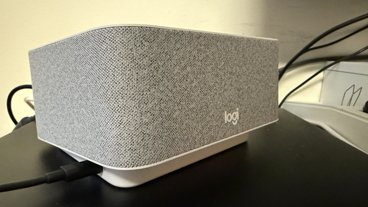


49 Comments
Waaah. I heard the iPad might drive up the price of anal lube, too. What WON'T it affect?
Mass production always brings prices down, in the short term prices probably will go up, but in the long term prices are gonna drop big time!
Thanks Apple for buying enough drives to start dragging the pc industry into SSD mainstream!
I guess that sucks for the PC makers. The price per GB for NAND is on a similar price curve as for RAM which is a more mature process. Capacities double about every 18mo and prices per GB goes down about 40% per year. The choice to include in a PC is all about cost.
Mass production always brings prices down, in the short term prices probably will go up, but in the long term prices are gonna drop big time!...
Exactly, sooner than later I hope.
SSD is the next big thing. Memory architecture will change eventually too I hope, integrating SSD as RAM rather than storage space. Spinning disks will still have their place with their massive capacities.
AppleInsider Quote
"In early 2008, Apple embraced the solid state drive by offering it as an option in its MacBook Air, with a premium price. Solid state drives, compared to their hard disk drive counterparts, are more expensive and offer less storage.
But SSDs can also be much faster than HDDs, and lack the moving parts that can make HDDs prone to failure, particularly in mobile devices that experience a great deal of movement.
Currently, the $1,499 1.86GHz MacBook Air has a 120GB SATA HDD, while the $1,799 2.13GHz configuration comes with a 128GB SSD. Adding a 128GB SSD to a 13-inch MacBook Pro costs $350, while a 256GB upgrade -- adding just 6GB more than the standard HDD -- costs $800."Bought a 17" MBP with a 256 GB SSD this past year and the SSD is really, really fast, quiet and seems to run cooler than the HDD MBP.
Hope that the next SL upgrade will address some of the inherent problems with SSDs regarding speed degradation over time. Haven't noticed any loss in speed in my SSD, but then have less than half full. From what I've been able to find from researching, is that there should be TRIM command support in the OS. Windows 7 is suppose to have a TRIM command, not sure if Linus has it.
I thought that the price for the SSD option for the MBP had dropped from late last year--did it go up again due to shortages?